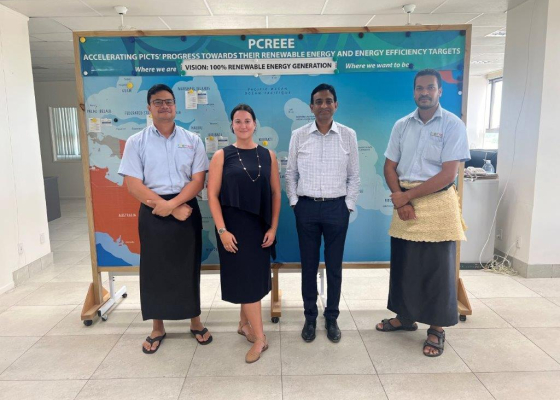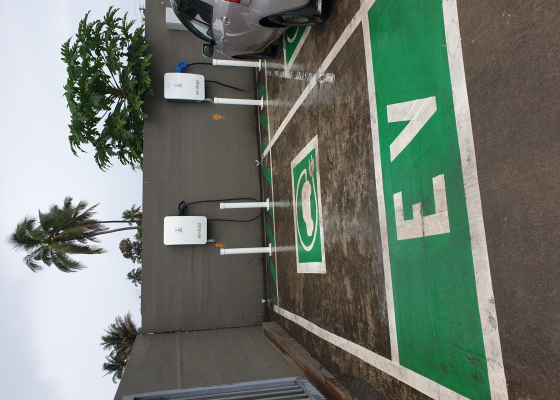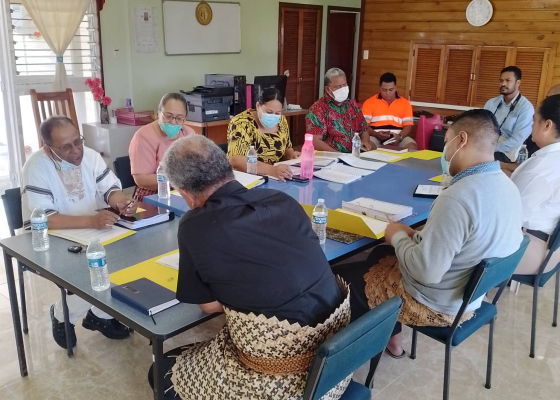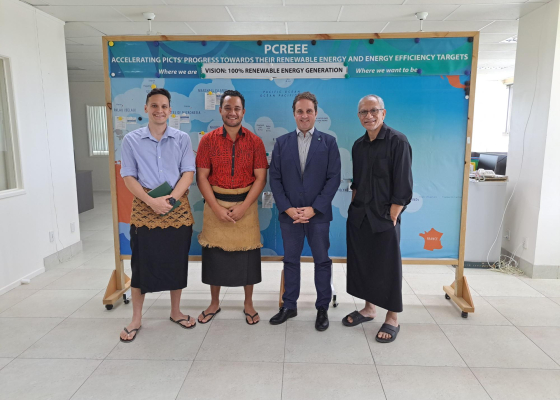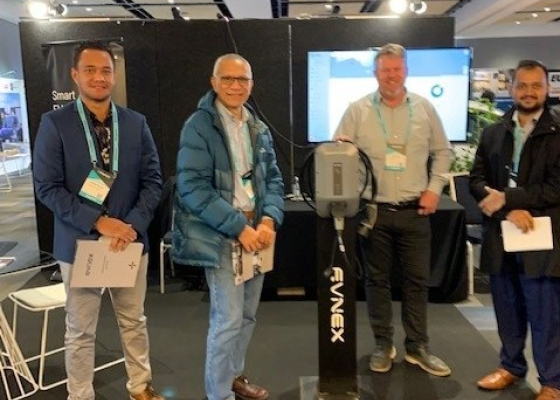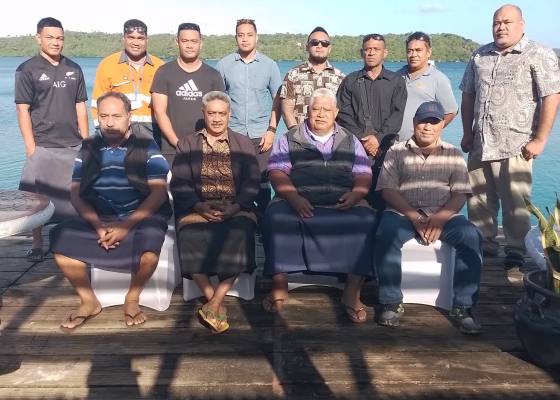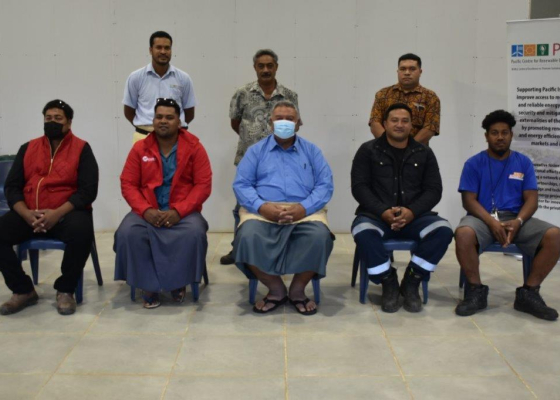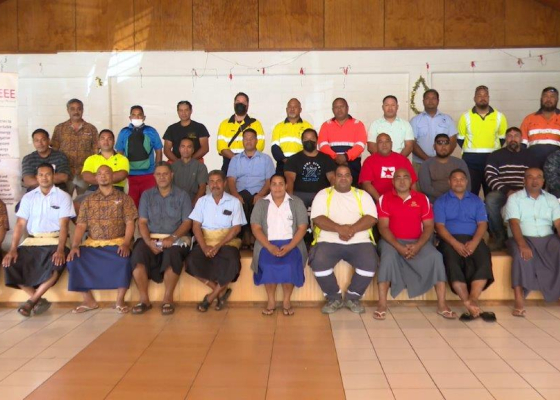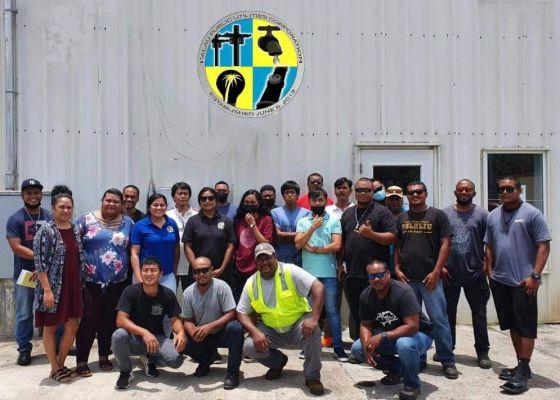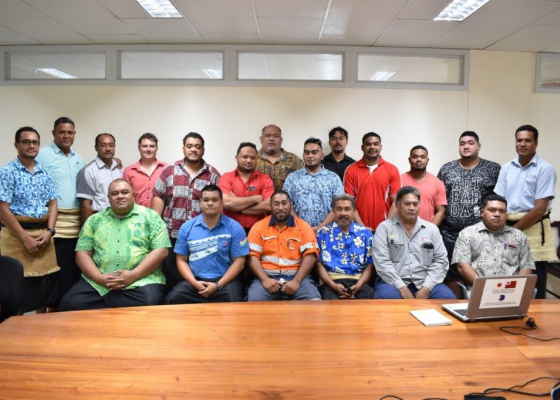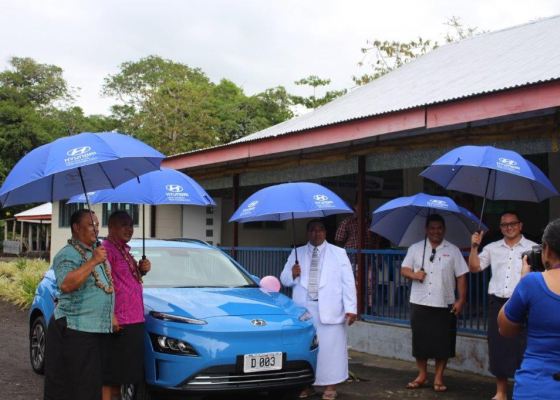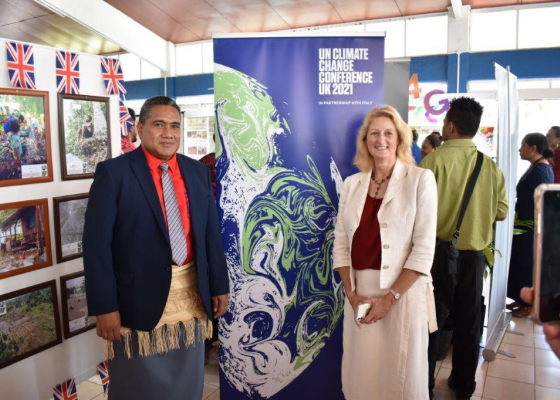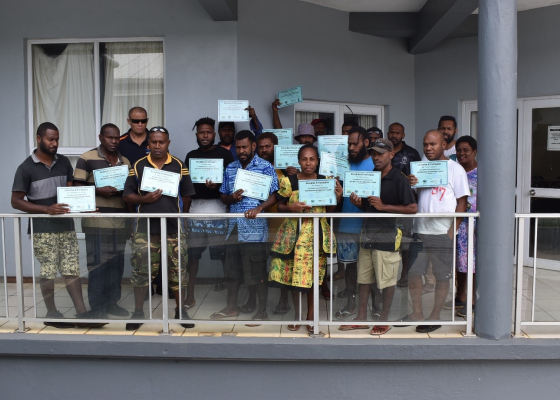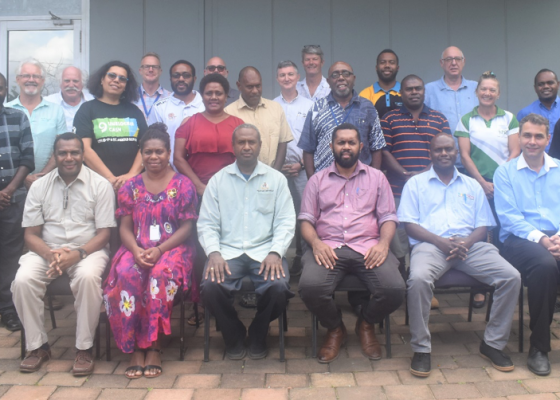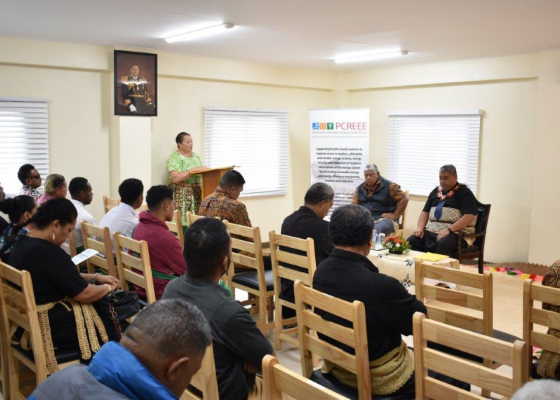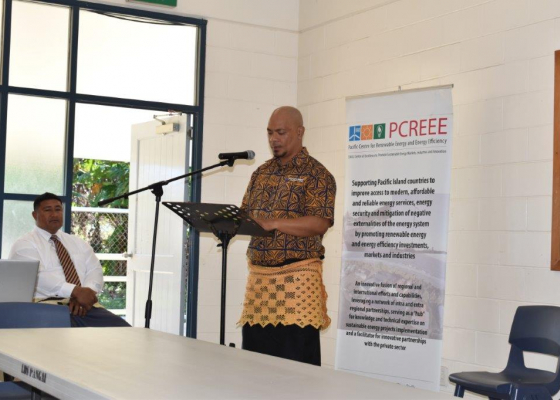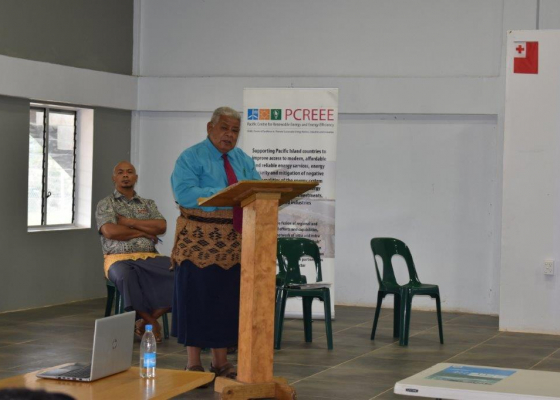Chilling Prospects: Providing Sustainable Cooling for All
Cooling is one of the wonders of the moder n age. However, for hundreds of millions of people living in the hottest climates, the impact of not having access to modern cooling services is profound. Every year, millions of people die due to the absence of cooling that could help address hunger and malnutrition, preserve the efficacy of vaccines, and alleviate the worst of deadly heat waves. Cooling access can also help increase farmer incomes and lift people out of poverty by increasing the sales value of their produce when it meets the market.
Cooling is essential for achieving many of the Sustainable Development Goals (SDGs). Yet, lack of access to cooling threatens more people in more ways than ever before. Human exposure to heat extremes is at unprecedented levels in many parts of the world and is likely to increase with rising global temperatures. A 2017 study predicts that by the end of this century, if carbon emissions continue on their current trajectory, three-quarters of humanity will face deadly heat.
The economic impact of heat stress cannot be ignored. Overall, by 2050, work-hour losses by country are expected to be more than 2% in 10 world regions and as high as 12%—worth billions of US dollars and as much as 6% of annual GDP—in the worst-ef fected regions of South Asia and West Africa. Even a 2% per capita loss per year means that, over 30 years, growth in GDP/capita will be less than half as much as if the excessive heat had not occurred.
This report is the first to define and quantify the magnitude of the cooling access challenge, including an assessment of countries facing the biggest risks, measured by extreme heat, food losses, and damaged or destroyed vaccines and medicines. The report illustrates the social and economic risks of ignoring the challenge and the enormous economic and business opportunities of a concerted effort to provide sustainable cooling.
These challenges and opportunities vary by geographic location, thematic area, and financial capacity. The cooling solutions need to be affordable, energy efficient, and have low life cycle climate impact. The solutions must also be systematic, holistic, and appropriate: designing an ultra-efficient air conditioner is a critical part of solving the problem of increasing energy use for space cooling, for example, but it doesn’t help those with no access to electricity unless it is considered in tandem with a consideration of solar home systems or decentralized mini-grids.
Based on an analysis of the 52 most vulnerable countries, the report shows that approximately 1.1 billion people face cooling access risks. This includes an estimated 470 million people living in poor rural areas without access to electricity and cold chains for food and medicines, and 630 million slum dwellers living in hotter-climate urban areas where electricity services do not exist, are intermittent, or are too expensive. The 60-plus people who died in Karachi, Pakistan, during a May 2018 extreme heat wave where temperatures eclipsed 40°C are unfortunate proof of these urban heat risks.
This report identifies another significant population group who are at risk in a different way—specifically, 2.3 billion people in the increasingly affluent lowermiddle class in developing countries who are on the brink of purchasing the most affordable—and therefore likely least efficient—air conditioners. If we only look at growing air conditioning demand from this group—driven overwhelmingly by city dwellers in countries such as China, India, Indonesia, and Brazil— and ignore possible energy efficiency measures in the buildings themselves, energy demand is forecast to rise more than 33-fold by 2100.iv Put simply, global cooling demand, if not better managed, is a colossal climate threat.
The report identifies nine countries with the biggest populations facing significant cooling-related risks, including five in Asia, three in Africa, and one in Latin America. India has the largest number of people facing risks across all dimensions. India, Bangladesh, Nigeria, Sudan, and Mozambique have the most significant rural populations facing health risks, food and nutrition security, as well as challenges to human pr oductivity. China, India, Nigeria, Brazil, and Pakistan have the most significant slum-dweller populations facing risks. India—followed by Indonesia, Pakistan, Bangladesh, and Brazil—has the largest population at risk of buying the least efficient appliances.
Upcoming Events
-
01/19/2026 to 01/23/2026
-
03/02/2026 to 03/03/2026







